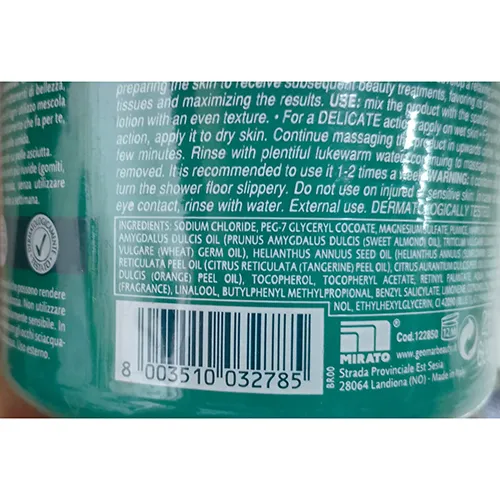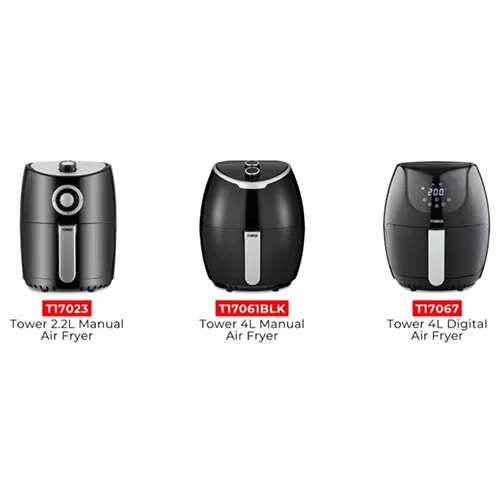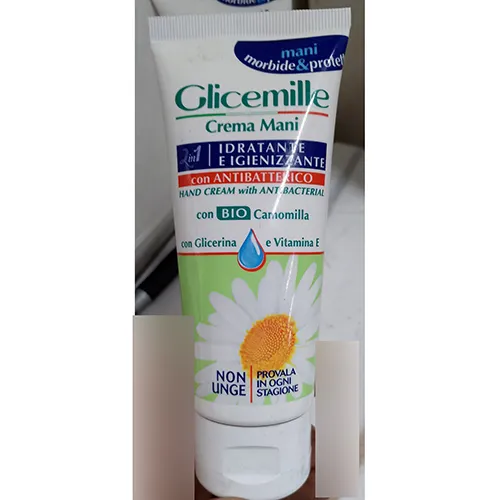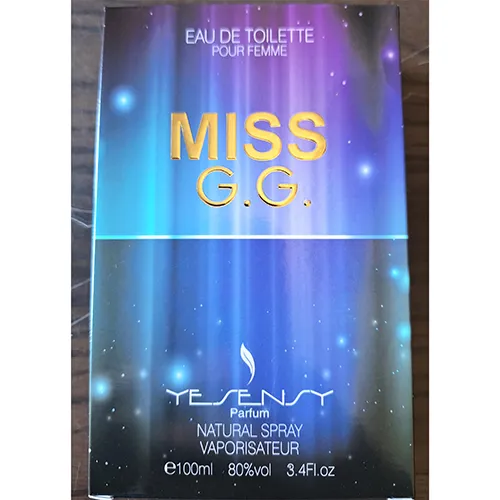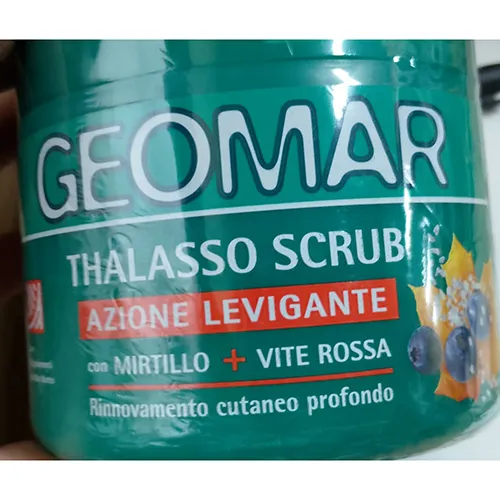InfoCons Consumer Protection Alert : Seat – Passenger car
Seat – Passenger car
Name: ARONA, IBIZA
Category: 10
Date: 2025-08-01
Product Category: Motor vehicles
Risk Type: Injuries
Danger: If the front passenger airbag is deployed as a result of an accident, the gas generator housing may burst or components of the gas generator housing may come loose and cause serious or fatal injuries to vehicle occupants. The product does not comply with the Regulation on the approval and market surveillance of motor vehicles and their trailers, and of systems, components and separate technical units intended for such vehicles.
Measures: Type of economic operator taking notified measure(s): ImporterCategory of measure(s): Recall of the product from end usersDate of entry into force: Unknown
Description: Passenger car.
Notifying Country: Germany
Country of Origin: Spain
Alert Type: Consumer
Alert Level: Serious risk






